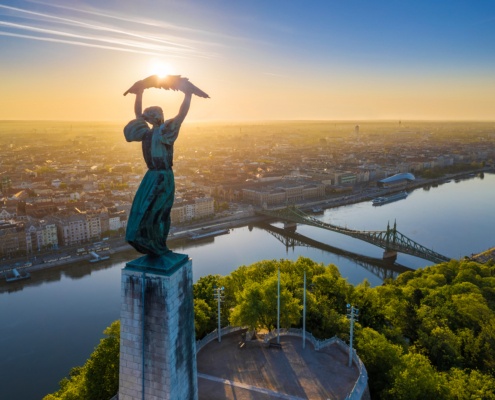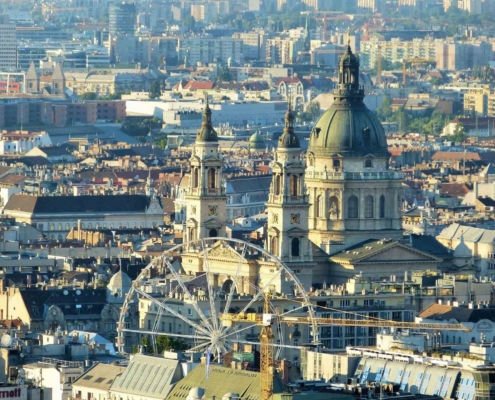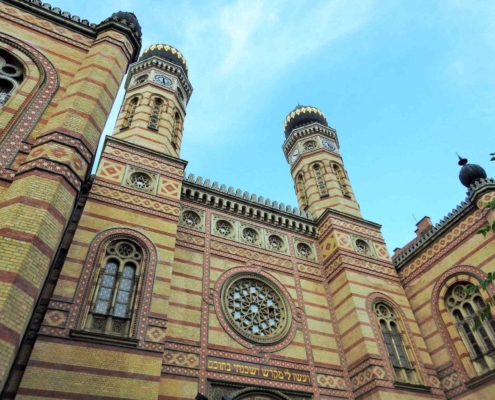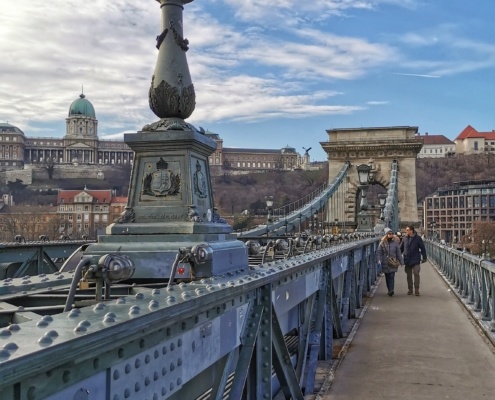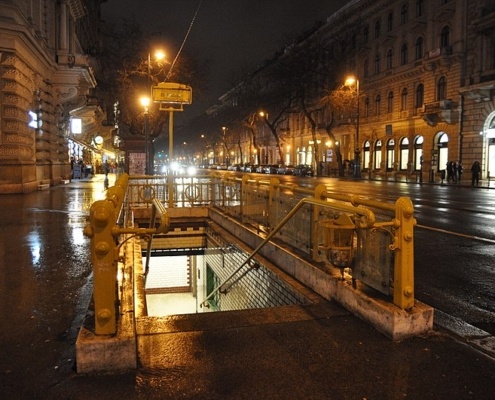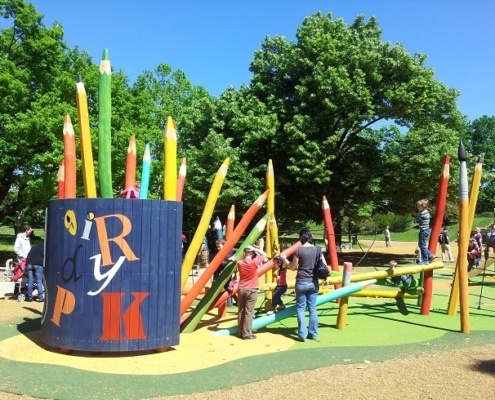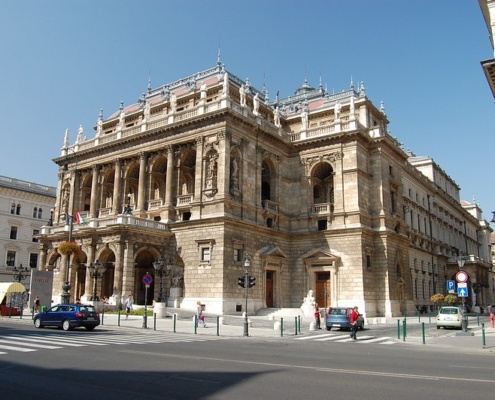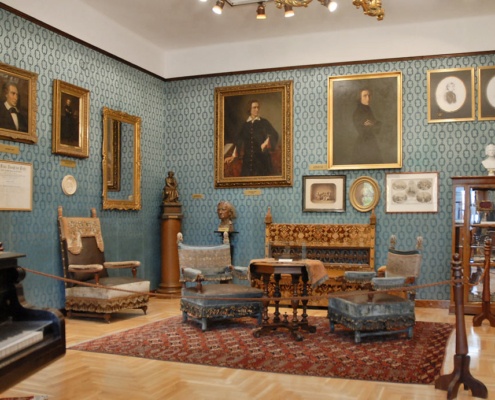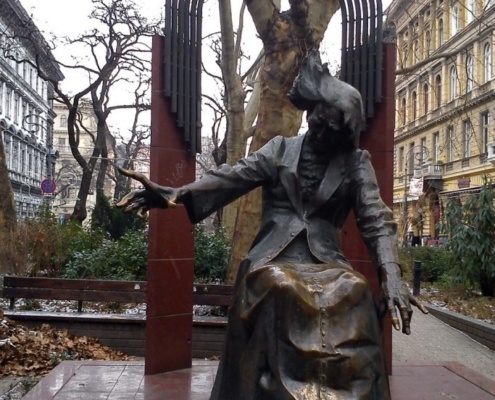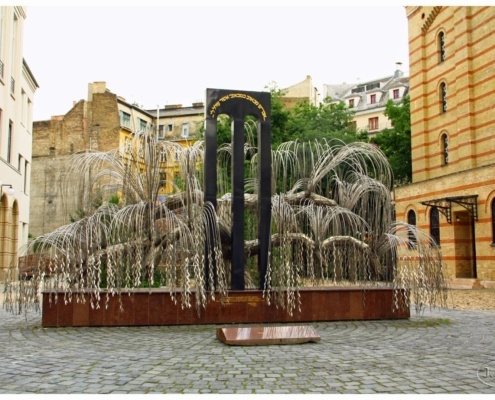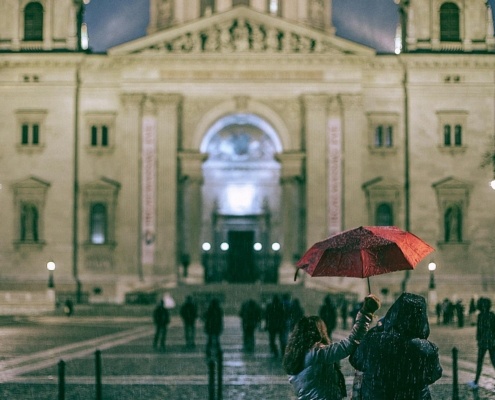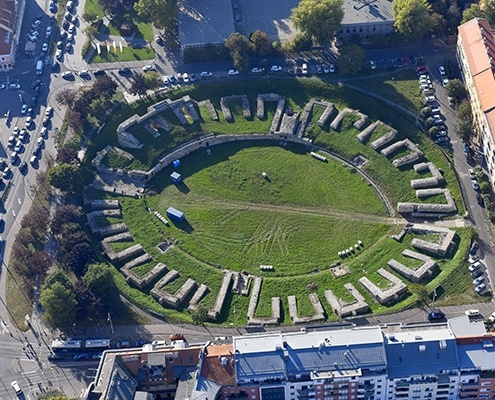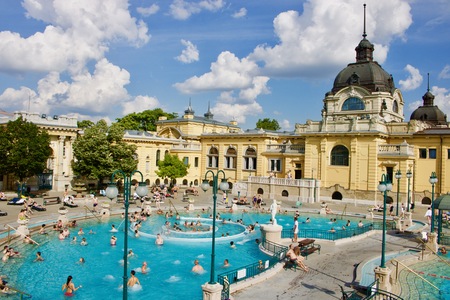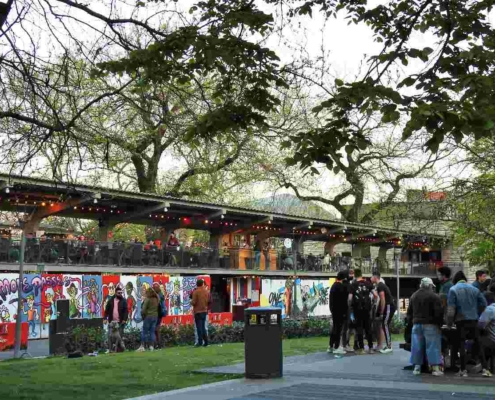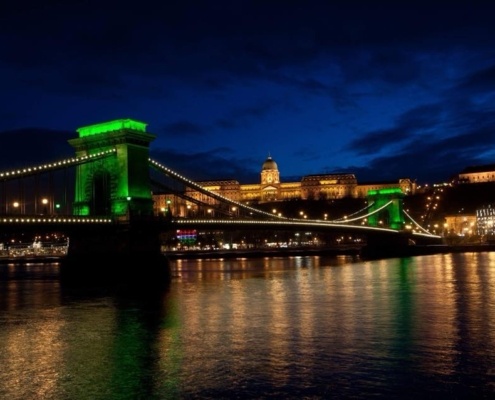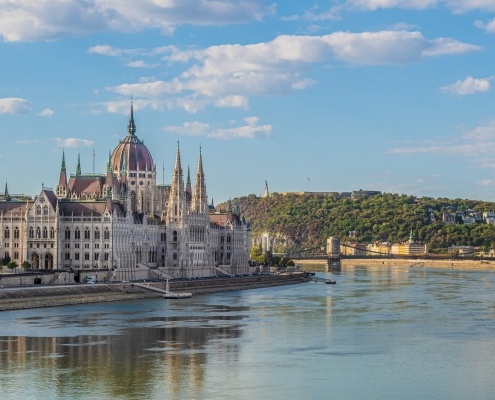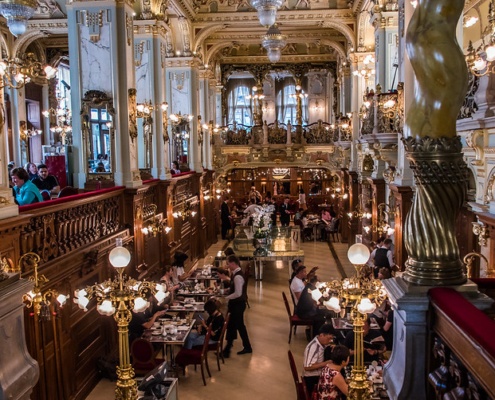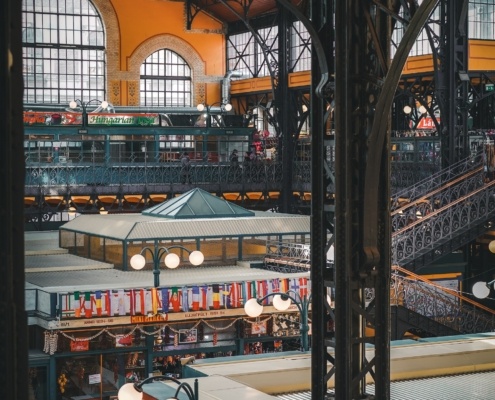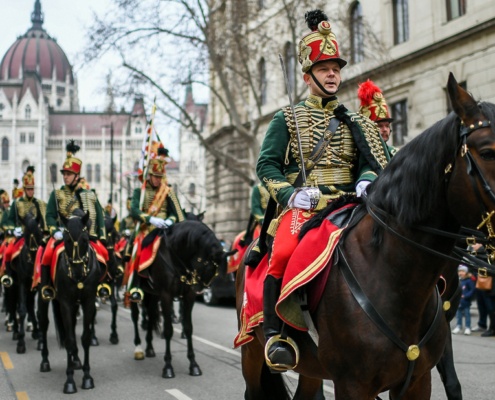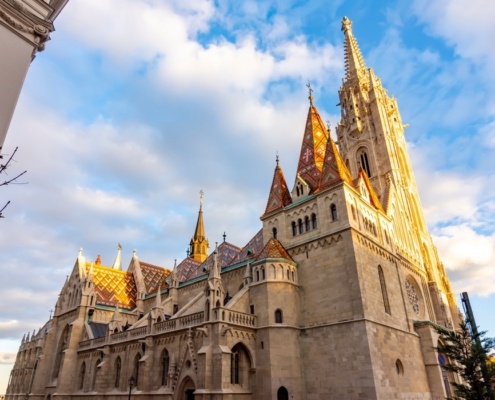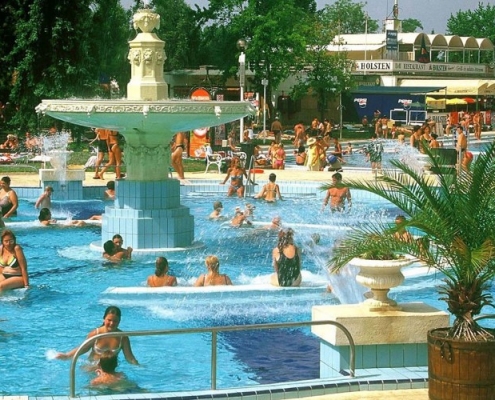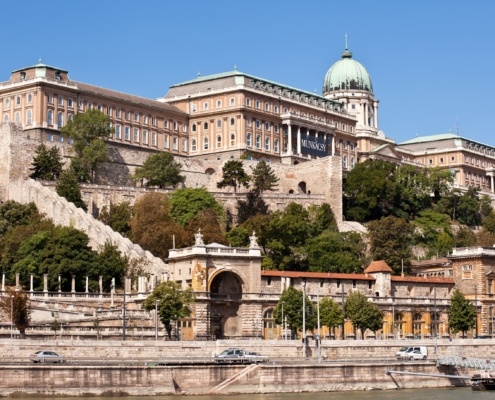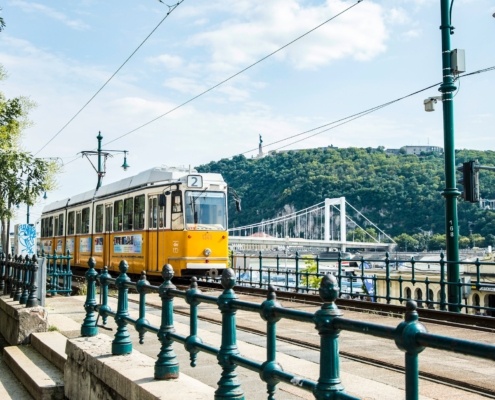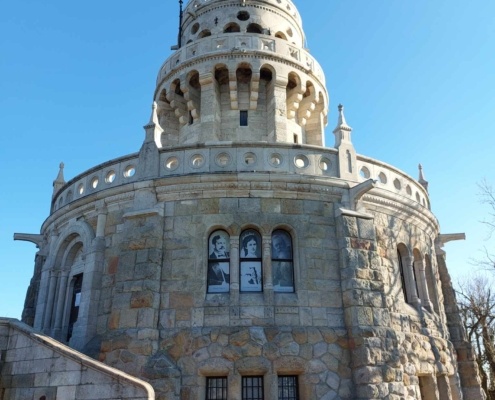Celebrating 20 Years of EU Membership of Hungary – Free events in Budapest for 1-5th of May
As Hungary commemorates two decades since its accession to the European Union, Budapest bursts with energy during the vibrant and eclectic Hello Europe Festival. This celebration not only pays tribute to Hungary’s journey as an EU member but also showcases the rich cultural tapestry of Europe. From May 1st to 5th, the city becomes a bustling hub of festivities, offering an array of events and activities for locals and visitors alike. Let’s check out all the noteworthy free events in Budapest for this weekend:
Embracing the Spirit of Europe
The Hello Europe Festival embodies the essence of European unity and diversity. It stands as a testament to the bonds forged among EU member states, celebrating the values of cooperation, peace, and cultural exchange. Against the backdrop of Budapest’s iconic landmarks, the festival brings together people from all walks of life to revel in Europe’s shared heritage and aspirations.
Exploring Budapest’s Cultural Landscape
Throughout the festival, Budapest transforms into a vibrant playground of arts, music, and community gatherings. Iconic locations such as the Liberty Bridge, Fővám Square, Bartók Béla Boulevard, and City Hall serve as stages for a diverse range of performances, exhibitions, and interactive installations. Whether it’s experiencing the buzz of street musicians and DJs, marveling at light installations, or immersing oneself in contemporary art, there’s something for everyone to enjoy.

Budapest Hungary, Hungarian and European Union flags closeup
Our Favorite Free Events in Budapest from the Festival
Liberty Bridge:
The Liberty Bridge, also known as Szabadság híd, is one of Budapest’s iconic landmarks, connecting Buda and Pest across the Danube River. Its distinctive green color and intricate design make it a favorite spot for both locals and visitors to enjoy scenic walks and panoramic views of the city. One of the standout features of the Hello Europe Festival is the opening of Liberty Bridge to pedestrian traffic, creating a unique space for picnics, yoga sessions, and spontaneous gatherings. Grab your favorite blanket and your favorite companions, and head to the bridge!
Dates:
May 3, 2024: 6:00 PM – 10:00 PM
May 4, 2024: 10:00 AM – 10:00 PM
May 5, 2024: 10:00 AM – 10:00 PM
Grand Central Market area
Fővám Square, or Fővám tér, is a bustling hub in Budapest located along the Danube River. At its heart stands the Great Market Hall, a historic landmark renowned for its vibrant atmosphere and diverse array of food, produce, and souvenirs.
Building Projection on the Facade of the Great Market Hall at Fővám Square:
In addition to being breathtaking, the projection also showcases the cultural diversity of the European Union. Its main themes include peace, culture, environmental protection, mobility, the future, development, technology, and growth.
Dates:
May 4, 2024: 8:00 PM – 11:59 PM
May 5, 2024: 8:00 PM – 11:59 PM
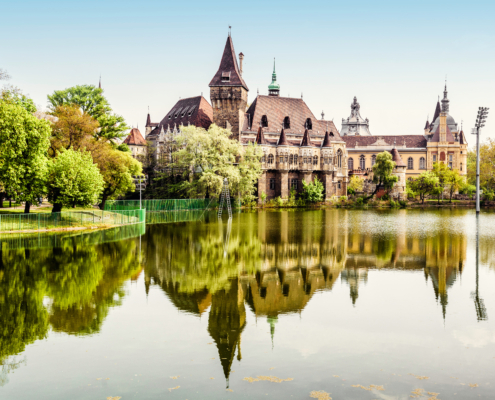
Vajdahunyad castle view from lakeside. Budapest, Hungary
City Hall Park and City Hall Passage
This is the heart of downtown, located just a 3-minute walk from the Dohany Street Grand Synagogue. City Hall Park offers a vibrant mix of entertainment for all ages! Step into the courtyard of City Hall and be dazzled by a mesmerizing light installation courtesy of the Light Art Museum Budapest. But that’s not all! From family-friendly shows and whimsical fairy tale concerts to energetic dance performances and outdoor games, there’s something for everyone. Kids can explore the recycled playground, hop on the merry-go-round, or get creative at craft workshops. And for a touch of sparkle, don’t miss the face painting and glitter tattoos! Meanwhile, over at the City Hall Passage, get ready to groove to the beat as club and party vibes welcome you with open arms. For those craving a musical trip down memory lane, the “20 years, 20 hits” program promises to keep the nostalgia alive with a lineup of chart-topping classics. So whether you’re in the mood to dance or simply want to soak up the atmosphere, City Hall Park and City Hall Passage are the places to be!
Dates:
May 1, 2024: 7:00 PM – 10:00 PM – 20 years 20 hits concert
May 1- 5, 2024: various programs
Bartók Béla Boulevard
The boulevard starts at roughly the wonderful Hotel Gellert and Gellért Thermal Baths on the Buda end of the Liberty Bridge and at the foot of Gellért Hill. It is nice walking down this long wide street popping into a bar, café, or restaurant and just chilling out. The area is rich in diverse architecture both old and new and is a very popular destination. During the first weekend of May, the squares will be filled between the Buda end of the Liberty Bridge and Móricz Zsigmond Square with numerous cultural, musical, and light art programs. Well worth checking out.
Dates:
May 3, May 4
The Hello Europe Festival in Budapest is more than just a celebration—it’s a symbol of unity, diversity, and resilience. As Hungary reflects on its 20 years as an EU member, the festival reminds us of the shared values and aspirations that bind Europe together. Through art, music, and community, it offers a glimpse into the vibrant tapestry of European culture and serves as a beacon of hope for the years to come.
Join our daily Free Budapest Walk, to learn about Budapest’s main landscapes, the hidden treasures, and where to go on the first week of May to make the most of your stay in Budapest.

